
The Business of Fashion
Agenda-setting intelligence, analysis and advice for the global fashion community.

Agenda-setting intelligence, analysis and advice for the global fashion community.
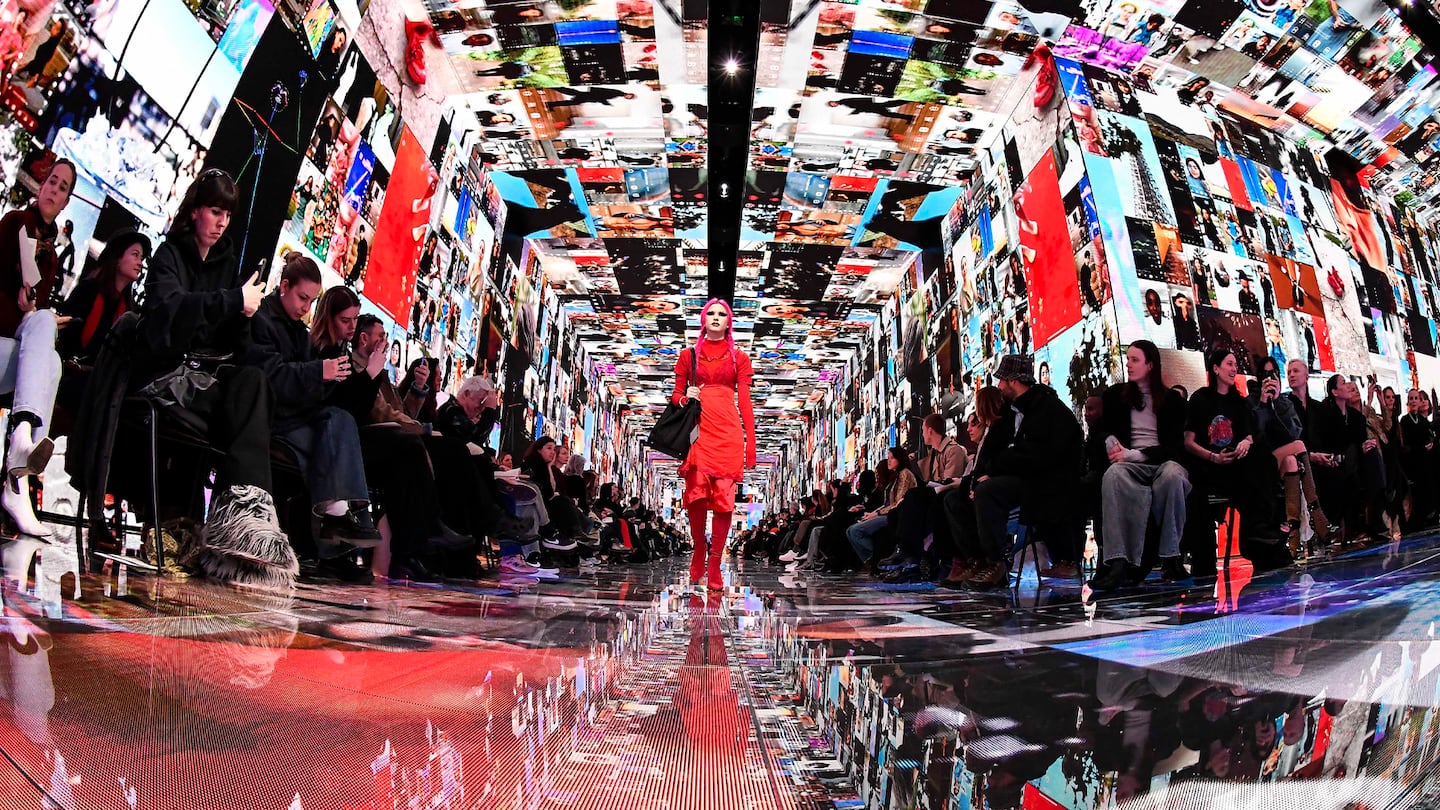
PARIS — “I have anger against everything in the world, especially against myself,” said designer Rei Kawakubo in the statement released after her Comme des Garçons show Saturday afternoon. Anger isn’t always a bad thing. It has energy, and energy is precisely what’s missing in today’s fashion world, where reheated marketing is plentiful and real creativity is scarce.
Demna pointed this out in a voicemail that accompanied his latest Balenciaga outing, calling creativity the new luxury. The collection ditched the oversized looks that took farcical form at Vetements, exploring new, lighter and more streamlined territory. It was a step forward (and the video set was utterly hypnotic) but was it creative enough to address consumer fatigue?
Speaking of creativity, was Saint Laurent’s foray into hosiery as dressing a creative act or a joke? Probably it was a bit of both, with a hefty debt to the sheer looks devised for Bianca Censori by Kanye West. As a marketing message, it worked, even if little of it will work on a sales floor. But that’s the way the catwalk works at most major brands these days.
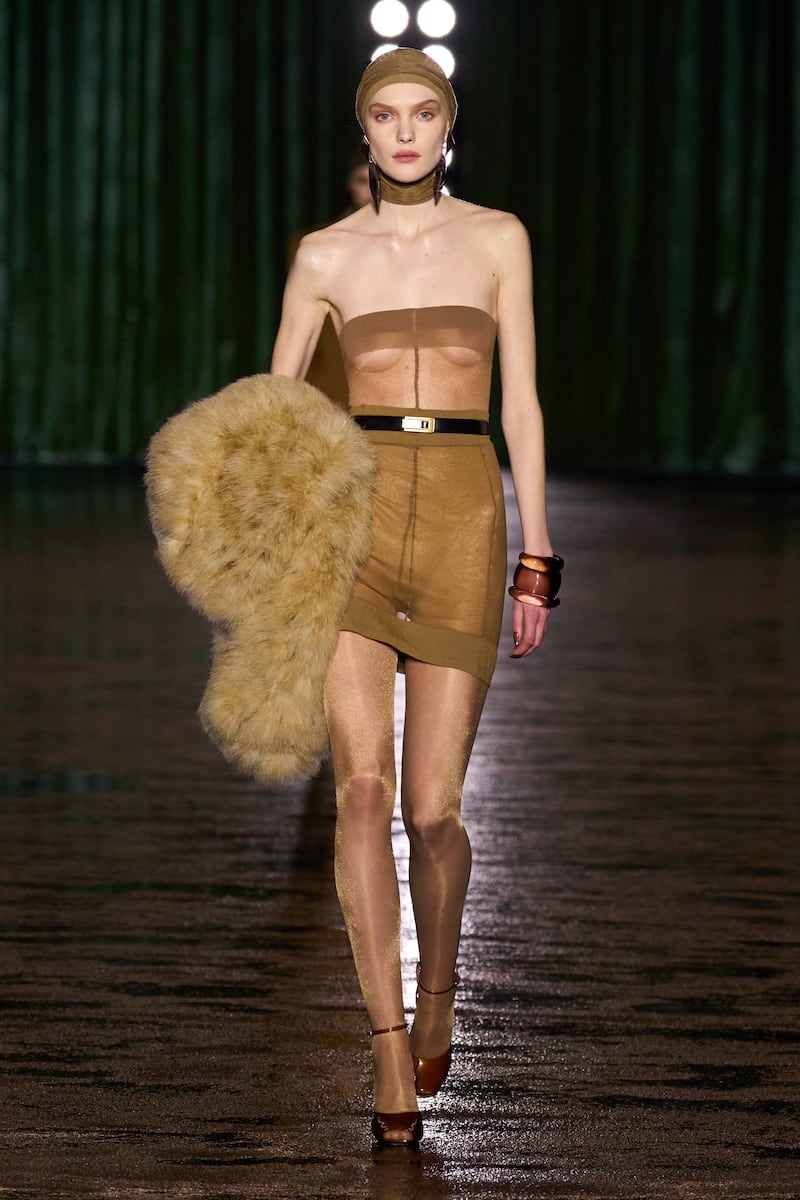
It’s smaller labels like Vaquera and Ottolinger that take the risk of actually selling what they present in shows. Both were in top form this season, one delving into tropes of wealth, the other boss dressing and clothing as armour. The brutalised tailoring at Ottolinger, in particular, looked awkward but full of energy. At Noir, Kei Ninomiya delivered powerful, colourful, iridescent goods that made for one of his best collections: a personal take on the very Comme silhouette of stompy shoes and frilly doll-like skirts, that had a jolly kind of lightness.
ADVERTISEMENT
The temperature was certainly high and the energy soaring at Chloé, where Chemena Kamali set the clock back twenty years or so, mining the halcyon days of the house as the epitome of boho chic, complete with Sienna Miller sitting front row. It was an assured debut that wiped away memories of a more chilly recent past, restoring Chloé's position as a temple of warm, carefree, seductive femininity. And yet, it was perhaps a bit too nostalgic, a bit too much of a replica. Going forward, it will be interesting to see more Kamali and less brand code.
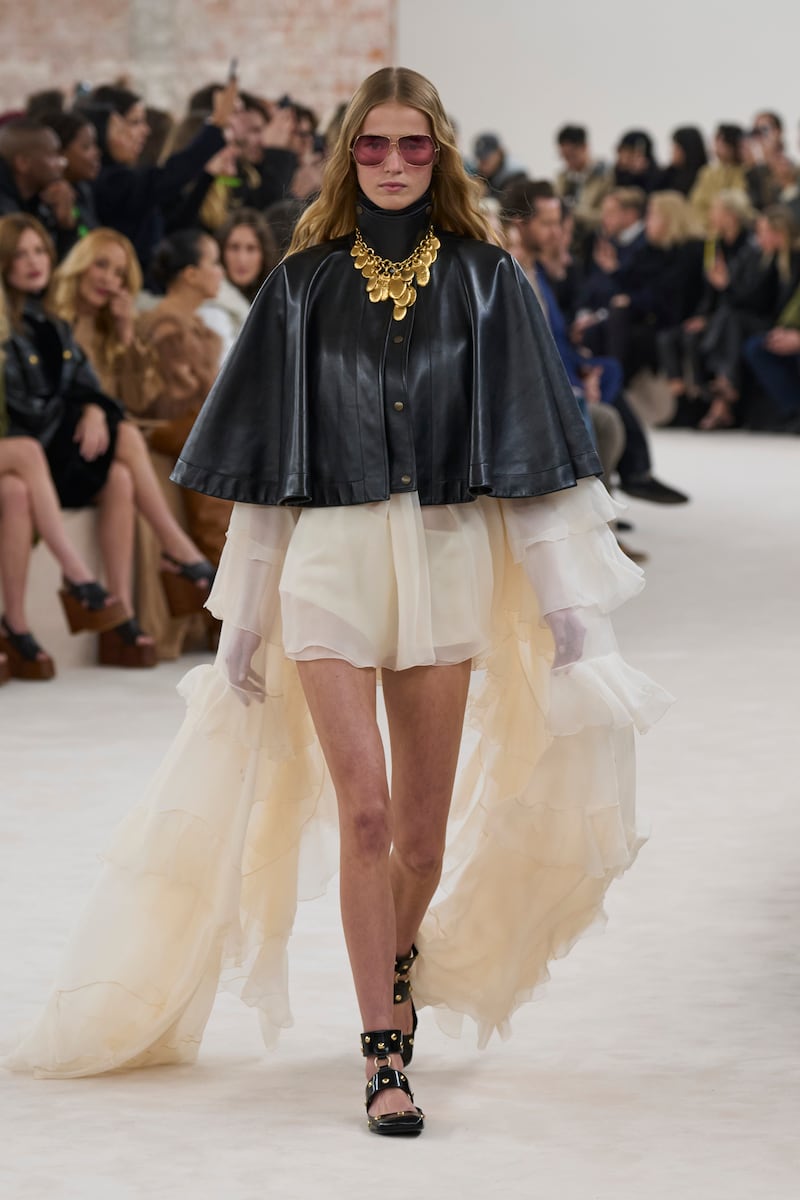
At Chloé, at least the execution was flawless. The same cannot be said of the other big debut of the week. At Alexander McQueen, new designer Séan McGirr left one scratching one’s head. McGirr is on a mission to bring back founder Lee’s more confrontational, hard-edged McQueen, but the results felt a little sloppy and vacuum-packed. What’s more, there were too many nods to the work of McGirr’s former boss Jonathan Anderson. Of course, McGirr, who took the reins at McQueen in December, hasn’t had much time to get his feet under the desk.
Going back to the roots was a common theme this season: a way to reassure clients in difficult times but also a way for designers and houses to reassess their codes and assert a stronger sense of identity. Nowhere this was more evident than in Isabel Marant’s unquiet mix of leather, mini skirts, studs, enveloping volumes and full on 80s references. It was pure Marant, with a lot of sass.
At Chanel, Virginie Viard did Deauville, complete with oversized, floppy straw hats, delivering her most cohesive, if not progressive, show so far. Stella McCartney went back to the tailoring with sparkles of her beginnings, in new, slouchy volumes. Groundbreaking it was not, but the product looked excellent.
Rick Owens, too, went back to his roots. Stripped bare of theatrics — give or take the ghoulish makeup and the tube concoctions in the finale — the collection was a luxuriously fluid flow of neutral and pictorial tones and essential shapes that evoked the “glunge” (as in glamour and grunge) origins of the label in the best of ways with a slight hint of melancholia.

Same but different is a given at Yohji Yamamoto, whose nth exploration of black through prismatic construction and poetry in fabric was as exciting as ever. At Dior, Maria Grazia Chiuri was feeling kinetic youth in svelte shapes and easy dressing, but the message was carried by the “Miss Dior” graffiti painted loudly on many of the pieces.
At Hermès, Nadège Vanhée managed to bring a hefty dose of sensuality to the proceedings. She did so by mixing horseriding references with bold nods to motorbiking, and it worked. For his sophomore outing at Ann Demeulemeester, Stefano Gallici deftly avoided just repeating the brand’s codes, exploring new and exciting territories. If the show was weighed down by a sense of gloom, it was more the mise en scène and casting than the design. Letting in some light and stepping out of the black box could make the intricate beauty of the pieces more apparent. Victoria Beckham has left the days of skimpy dresses (and immaculate tailoring) behind her and embraced a new somberness that is surely a sign of maturity. The heavily conceptual, Margiela-indebted inflection, however, looked a little out of place.
Nowhere were the theatrics louder than at Mugler, where a devilishly perfect spectacle that played with the progressive unveiling of the set that ultimately exposed the backstage meant one almost forgot to look at the dresses, which were closer to un-dresses but still powerful. What designer Casey Cadwallader has achieved at Mugler is remarkable: he has brought over-the-top excitement back to the brand, and it works.
ADVERTISEMENT
The breathing set and soundtrack over at Courrèges were impactful and poignant, the perfect topping for a collection that managed to perfectly merge the architectonic and the erotic, and featured some beautiful coiling, twisting, covering and revealing pieces that were intensely sexual without the cliches of sexy dressing. The strategically placed pockets that evoked masturbation achieved just that, but there was more: the way Nicolas Di Felice charges his work with the raw energy of desire is unique, as sleek as it is soulful, and this makes him one of the most interesting, and yet underrated auteurs working in Paris today.
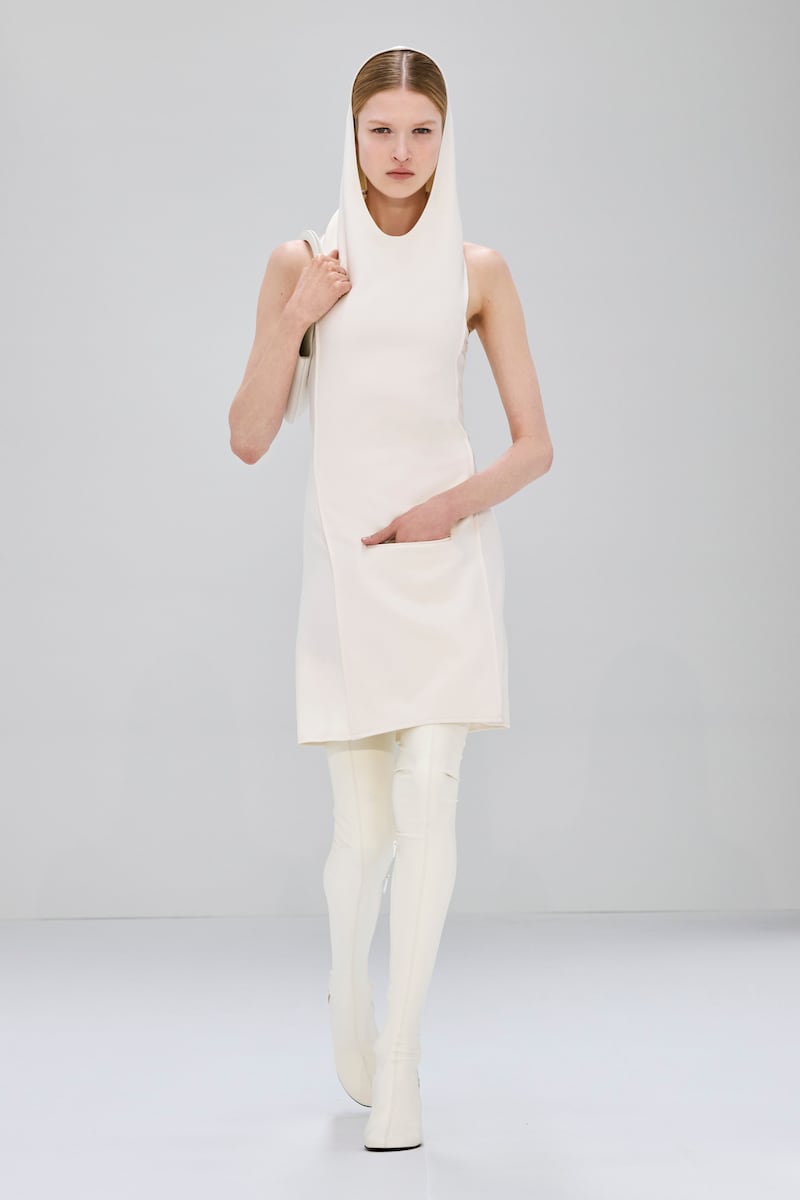
The goings got a little confused at Rabanne, where the brilliant Julien Dossena showed a captivating but messy mash-up of this and that (perhaps it’s time for Dossena to spread his wings and fly elsewhere). Confusion reigned at Off-White, too, where what was good about IB Kamara’s collection (the graphic bursts, in particular) got lost.
On the flipside, things were almost too focused at Valentino’s supremely elegant, if a bit uptight, exploration of black as both silhouette-maker and texture-enhancer, and The Row’s magnificent foray into couture shapes and Saturday morning ease with an exotic tingle.
Elsewhere, Dries Van Noten delivered an eye-watering, idiosyncratic journey into the beautiful oddities of bright, acidic colour and billowing shape, a mismatch of glitz and classicism, day and night. Marine Serre served up a fast-paced slice of life at the market with her signature crescent moon prints. Givenchy’s studio team presented a faultless take on chilly elegance. Schiaparelli found a newfound sense of camp strictness. Giambattista Valli concocted a well-edited homage to Lee Radziwill. Quira did expressive yet immaculately clean tailoring. And Louise Trotter’s Carven offered an abstract take on ladylike. The outing was clearly indebted to Phoebe Philo and The Row, but Trotter’s tenure at the brand is full of potential.
Celebrating his tenth year at Louis Vuitton, Nicolas Ghesquière was very much in time-travel, retrospective mode: he went as far as reviving Marc Jacobs’ grunge heyday. As usual, the outing was a feat of showmanship and workmanship, but it was all so abstract, it looked like the nth virtuoso exercise with little meaning beyond the catwalk. When Ghesquière started at Vuitton in 2014, he brought an inspired pragmatism to his work that got lost along the way.
Leave it to Jonathan Anderson to blend collage and a quest for purity for a truly fashion-forward outing at Loewe. Sure, his work for the house at this point adheres to a kind of scheme, not exactly a formula, but it does so in a way that is always mind-expanding. This season the exploration of class was both hilarious, optimistic and sharp, never literal and yet immediately graspable, with a level of execution that felt like couture. Also remarkable in his collage approach was Jun Takahashi, who at Undercover ditched the theatrics — so touching but at times so distant — but kept the poetry to explore, in his own way, the notion of the everyday. Banal it was not: a feast of open, sliced, multipurpose shapes that was captivating.
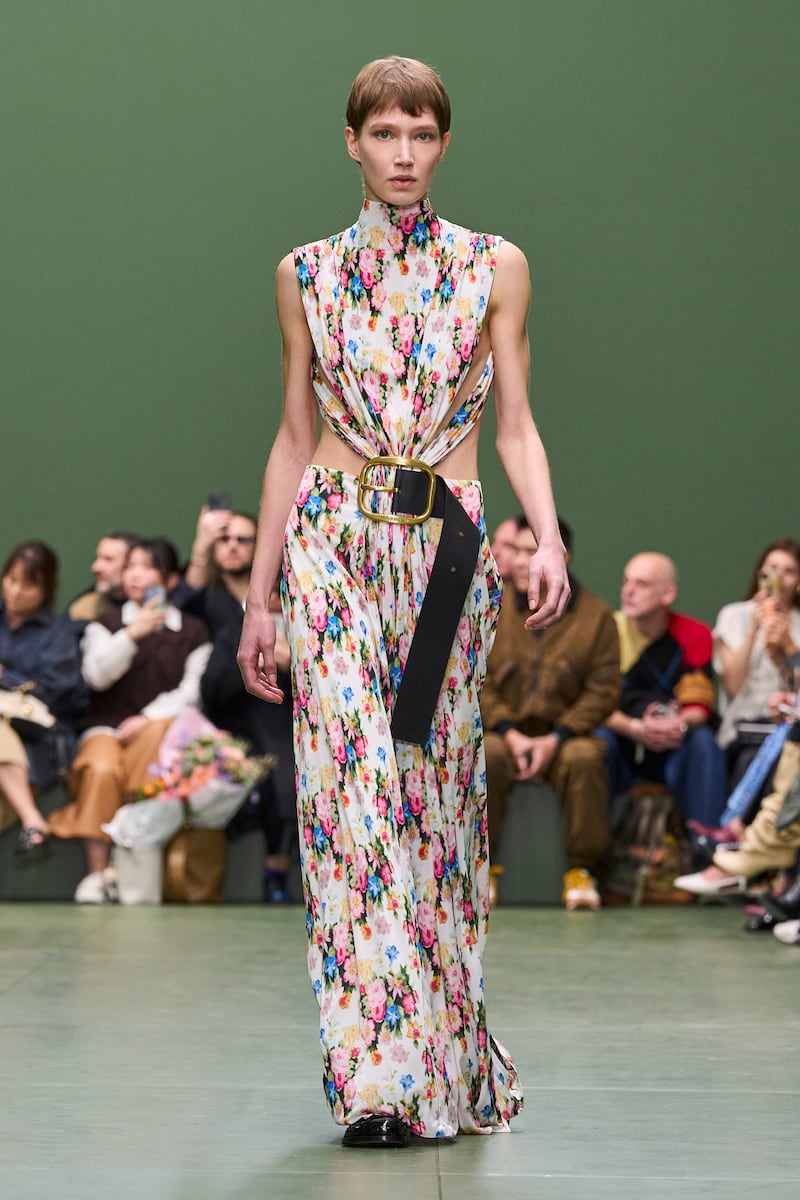
Is anyone thinking about “body positivity” anymore? Some are, but it’s practically only Ester Manas who has kept empowering all womanly shapes through a beautiful vision that glorifies personality regardless of size. The work of Ester Manas and Balthazar Delepierre is not a gimmick, and the authenticity that oozes through makes it exceptional.
Duran Lantink has the verve of a sculptor in enhancing, distorting and morphing curves in quite an expressionist way, and is fast asserting himself as an auteur who can go beyond clothing that just looks good in photos. Similarly, Zomer, the collaborative effort of Imruh Asha and Daniel Aitouganov, was a foray into arty dressing (with quite a bit of Loewe) that, thanks to a playful kindergarten approach, felt fresh and light rather than pretentious. Sacai’s armour was graceful and just a tad martial, working as both physical and psychological protection, while Junya Watanabe the goings got wonderfully abstract. At both Uma Wang and Niccolò Pasqualetti (another new one to watch closely) there was a kind of totemic poetry to the distance between body and clothing, a design element polished by the exacting eye of stylist Samuel Drira.
ADVERTISEMENT
Welcome bolts of creativity came, in particular, from Issey Miyake and Miu Miu. Satoshi Kondo, has proven to be the heir Issey-san needed, at once free to move forward but respectful of the Miyake method. Reflecting on the brand’s founding idea of “one piece of cloth,” Kondo explored the almost primaeval, certainly radical intention that sits at the bottom of the act of wrapping. It was dressing reduced to its rawest state and turned up to maximum power.
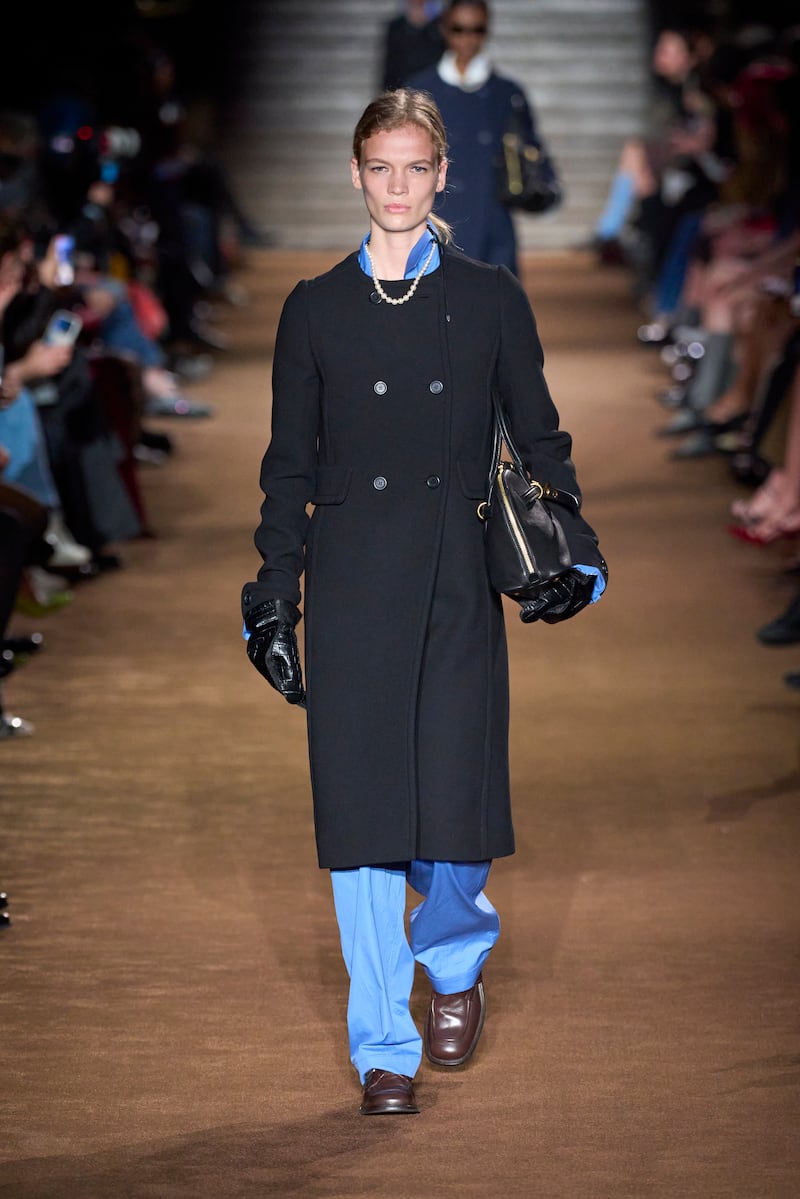
Meanwhile, at Miu Miu, Miuccia Prada was at her most seditious and bourgeois, delivering a comment on the classics that was about styling as much as it was about the freedom to be as one wants, at any given moment. She focused on age and ageing, delivering the energising reminder on the psychological power of clothing that everyone needed.
A handful of the most interesting designers showing at Paris Fashion Week owe a debt to Comme des Garçons founder Rei Kawakubo, writes Tim Blanks.
But the surging energy of the show ended in a strange, suspended moment, writes Tim Blanks.
Seán McGirr’s Debut for McQueen: Anticipation and Controversy
From where aspirational customers are spending to Kering’s challenges and Richemont’s fashion revival, BoF’s editor-in-chief shares key takeaways from conversations with industry insiders in London, Milan and Paris.
BoF editor-at-large Tim Blanks and Imran Amed, BoF founder and editor-in-chief, look back at the key moments of fashion month, from Seán McGirr’s debut at Alexander McQueen to Chemena Kamali’s first collection for Chloé.
Anthony Vaccarello staged a surprise show to launch a collection of gorgeously languid men’s tailoring, writes Tim Blanks.
BoF’s editors pick the best shows of the Autumn/Winter 2024 season.